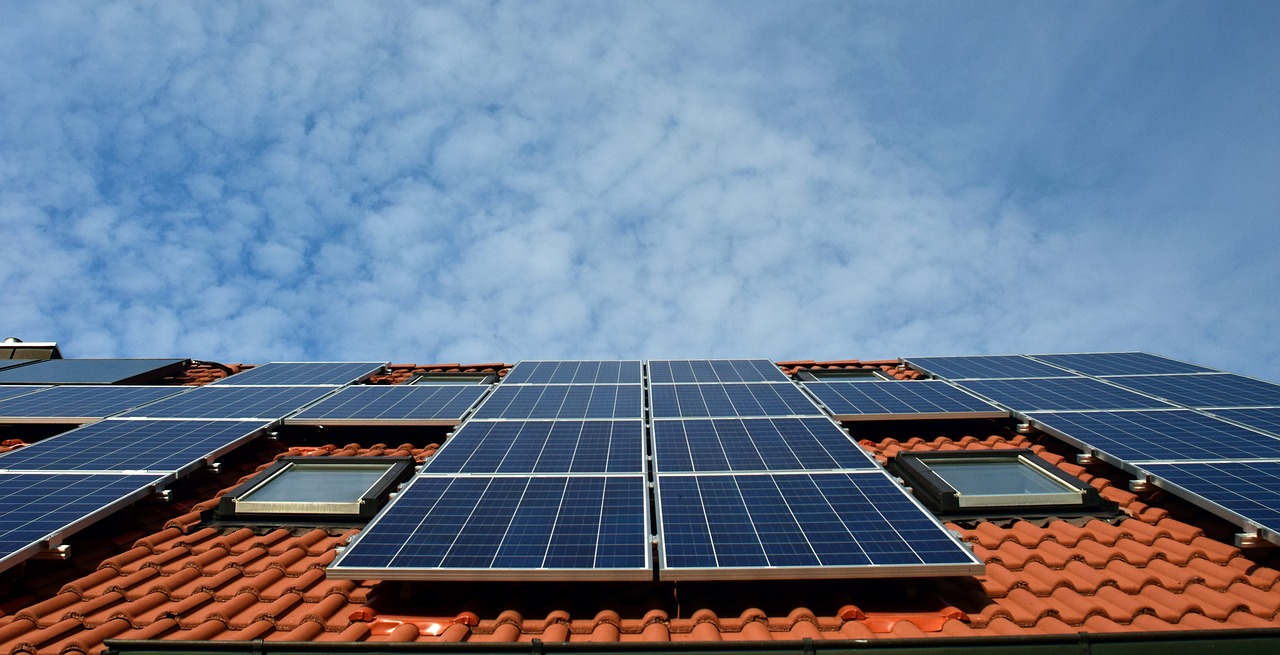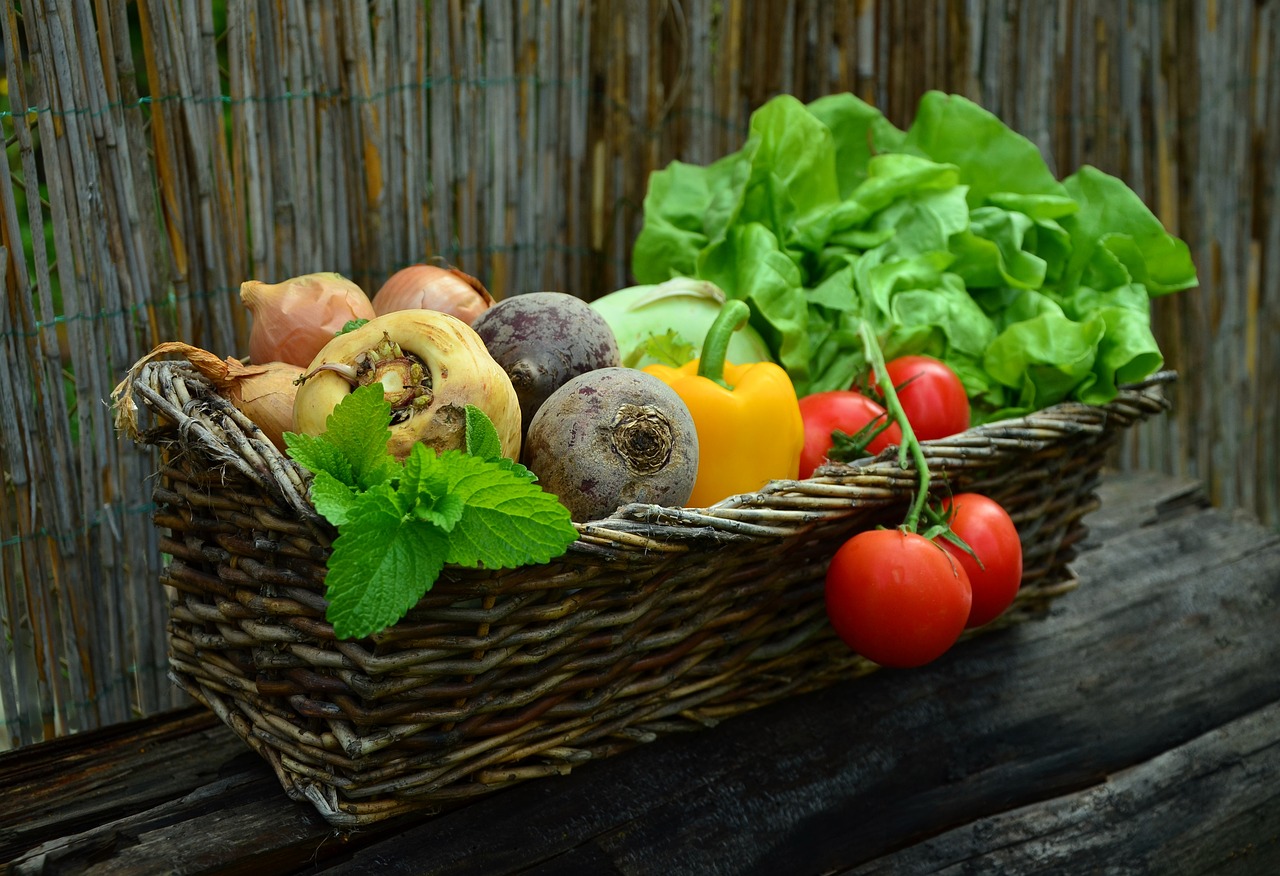Eco Friendly Shoes
Stepping into the future means considering our environmental impact with every stride we take. This extends to the shoes on our feet, where the rise of eco friendly shoes offers a stylish and sustainable alternative. But with so many options available in the USA, navigating the world of green shoes can feel overwhelming. Worry not, fellow eco-warriors! This guide will equip you with the knowledge and resources to walk the talk, one comfortable, planet-friendly step at a time.
Why Eco Friendly Shoes Matter?
The shoe industry, unfortunately, has a significant environmental footprint. Traditional shoe production relies heavily on unsustainable materials like petroleum-based synthetics and leather, contributing to deforestation, water pollution, and greenhouse gas emissions. Eco-friendly shoes challenge this status quo by:
- Utilizing recycled materials: Plastic bottles, discarded tires, and even fishing nets find new life in innovative shoe designs, reducing plastic waste and resource consumption.
- Opting for natural and renewable materials: Organic cotton, hemp, cork, and algae are just a few examples of sustainable alternatives that minimize environmental impact.
- Employing ethical labor practices: Many eco-conscious brands prioritize fair trade and worker well-being throughout their supply chains.
- Reducing their carbon footprint: By employing energy-efficient manufacturing processes and minimizing transportation emissions, eco-friendly brands strive to lessen their overall environmental impact.
Navigating the Green Shoe Landscape
With a growing awareness of sustainable fashion, the US market boasts a plethora of eco-friendly shoe brands catering to diverse styles and budgets. Here are some key factors to consider when making your eco-conscious choice:
- Materials: Look for shoes made from recycled plastics, organic cotton, cork, algae, or other sustainable materials. Certifications like GOTS (Global Organic Textile Standard) and OEKO-TEX® can guide your choices.
- Manufacturing: Brands committed to ethical labor practices and minimizing their carbon footprint are worth supporting. Look for certifications like Fair Wear Foundation or B Corp™ status.
- Durability and repairability: Opt for shoes built to last, using high-quality materials and construction techniques. Choose brands that offer repair services or replacement parts to extend the life of your footwear.
- Style: Don’t compromise on style! Eco friendly shoes come in a variety of trendy and timeless designs to suit your taste.
Ready to Step into Sustainability?
Eco Friendly Footshoes for Every Foot
Stepping Out in Style with Sustainable Soles
Now that you’re equipped with the knowledge to navigate the world of eco-friendly shoes, let’s explore some fantastic brands leading the charge in the US in sustainable footwear. Prepare to be impressed by their innovative designs, eco-conscious practices, and commitment to style and comfort.
Allbirds: Wool, Tree, and Carbon Neutrality
Allbirds: This New Zealand-born brand has taken the US by storm with their effortlessly cool Wool Runners and Tree Runners sneakers. Made from responsibly sourced merino wool and eucalyptus tree fibre, respectively, Allbirds shoes are soft, breathable, and surprisingly machine-washable. They prioritize ethical labor practices and carbon neutrality throughout their supply chain, making them a top choice for the style-conscious eco-warrior.
75% sustainably sourced natural and recycled materials.
Allbirds burst onto the scene in 2014, instantly capturing attention with their minimalist sneakers made from merino wool and eucalyptus tree fibre. But beyond the sleek aesthetics, Allbirds has woven sustainability into the very fabric of their brand, making them a leading contender in the eco-friendly footwear movement.
Material Matters:
Allbirds’ dedication to sustainable materials is paramount. Their signature Wool Runners utilize responsibly sourced merino wool, renowned for its breathability, temperature regulation, and natural odour resistance. This eliminates the need for petroleum-based synthetics, reducing reliance on fossil fuels and minimizing plastic waste.
Their Tree Dashers embrace eucalyptus tree fibre, a fast-growing renewable resource that requires significantly less water than cotton. This switch not only conserves precious water resources but also minimizes soil erosion and contributes to improved forest health.
Beyond Materials: Building a Sustainable Ecosystem
Allbirds goes beyond simply using eco-friendly materials. They strive for carbon neutrality throughout their entire supply chain, from sourcing raw materials to packaging and shipping. They partner with carbon-neutral manufacturers, utilize carbon offsets, and invest in innovative carbon capture technologies.
Furthermore, Allbirds champions transparency and ethical practices. They readily share information about their supply chain and manufacturing processes, ensuring fair wages and safe working conditions for all involved.
Wearing Allbirds: Comfort with a Conscience
Choosing Allbirds means walking the line between style and sustainability. Their minimalist designs come in a range of vibrant colors and styles, catering to diverse tastes. Allbirds prioritizes both comfort and durability, ensuring their shoes remain your eco-conscious companions for many miles to come.
Allbirds’ Impact: Stepping Towards a Greener Future
By offering stylish, comfortable, and demonstrably eco-friendly footwear, Allbirds inspires consumers to make conscious choices without compromising on quality or aesthetics. Their commitment to innovation, transparency, and ethical practices pushes the boundaries of sustainable footwear, paving the way for a greener future, one comfortable step at a time.
Veja: Vegan Chic meets Fair Trade Eco Friendly Shoes
Veja: Another champion of both sustainability and style, Veja hails from France and has gained a dedicated following in the US. Their vegan sneakers are crafted from organic cotton, recycled plastic bottles, and wild rubber, showcasing bold colors and sleek silhouettes. Veja champions fair trade practices and transparency, partnering with small producers in Brazil and the Amazon to create their shoes.
All the textiles and leathers VEJA used, 85% are considered environmentally ‘preferred’ raw materials.
Veja might not roll off the tongue as easily as some, but this French footwear brand has earned a passionate following for its unwavering commitment to both sustainability and style. Veja’s mission lies at the intersection of eco-friendly materials, ethical labor practices, and transparent supply chains, making them a beacon of responsible fashion in the world of sneakers.
Planet-Conscious Materials:
Veja prioritizes organic and recycled materials, minimizing their environmental footprint. Their shoes feature organic cotton canvas, wild rubber soles harvested sustainably from the Amazon rainforest, and recycled plastic bottles transformed into durable mesh. By consciously choosing these materials, Veja reduces reliance on petroleum-based synthetics and promotes biodiversity in the Amazon.
Fair Trade and Transparency:
Veja champions fair trade principles throughout their supply chain. They partner with small producer cooperatives in Brazil and the Amazon, ensuring fair wages, safe working conditions, and respect for human rights. This commitment extends beyond their own suppliers, with Veja advocating for ethical practices throughout the entire footwear industry.
Furthermore, Veja prioritizes transparency, readily sharing information about their materials, manufacturing processes, and partnerships. This open approach fosters trust with consumers and allows them to make informed choices about their purchases.
Style with Substance:
Veja’s designs go beyond mere eco-friendly tokenism. Their sneakers are sleek and stylish, boasting bold colors and minimalist silhouettes that appeal to a diverse audience. From classic low-tops to trendy platform sneakers, Veja offers a variety of options to suit individual taste and preferences.
More Than Just Shoes:
Veja’s impact extends beyond their footwear. They actively advocate for environmental and social change, supporting organizations working on deforestation, biodiversity preservation, and fair-trade initiatives. This commitment to global well-being further strengthens their message of conscious consumerism and responsible fashion.
Walking the Veja Way:
Choosing Veja means stepping into a world where style and sustainability coexist seamlessly. You can confidently wear your values on your feet, knowing that your purchase empowers fair trade practices, protects the Amazon rainforest, and promotes a more ethical fashion industry.
Veja represents a powerful voice in the eco-conscious footwear movement, inspiring consumers to make informed choices and walk towards a brighter future, one stylish, sustainable step at a time.
Thousand Fell: Stepping into a Circular Future
Thousand Fell: For the tech-savvy and environmentally conscious, Thousand Fell offers a revolutionary take on sustainable footwear. Their closed-loop shoes are designed for disassembly and recycling, meaning you can send them back when they’re worn out, and they’ll be transformed into new shoes! Their sleek sneakers and boots utilize recycled and bio-based materials, prioritizing both comfort and style.
Thousand Fell brings a revolutionary twist to the world of eco-friendly shoes. This US-based brand reimagines footwear through their innovative closed-loop system, pushing the boundaries of sustainability and challenging traditional notions of shoe ownership.
Redefining Recycling:
At the heart of Thousand Fell’s philosophy lies their commitment to circularity. Their shoes are designed for disassembly and recycling, meaning you can send them back when they’re worn out, and they’ll be transformed into new shoes! This closed-loop system minimizes waste, extends the lifespan of materials, and reduces reliance on virgin resources.
Material Matters with a Twist:
Thousand Fell embraces a range of recycled and bio-based materials. Their signature sneakers utilize recycled plastic bottles for the uppers, algae foam for cushioning, and natural rubber soles. They even incorporate discarded car tires and fishing nets into some of their designs, giving new life to waste materials.
This innovative approach minimizes their environmental footprint and demonstrates the potential for closed-loop manufacturing in the footwear industry.
Comfort and Style Reimagined:
While sustainability is at the core of Thousand Fell, they haven’t compromised on comfort or style. Their shoes are designed for everyday wear, featuring lightweight construction, breathable materials, and supportive cushioning. From sleek minimalist sneakers to trendy boots, Thousand Fell offers a variety of options to suit diverse tastes and occasions.
The Future of Footwear:
Thousand Fell is more than just a shoe brand; they’re pioneers in sustainable innovation. Their closed-loop system challenges the traditional linear model of production and consumption, promoting a circular economy for footwear. This vision inspires other brands and consumers to rethink their relationship with shoes and embrace responsible choices.
Stepping into the Circle:
Choosing Thousand Fell isn’t just about buying a pair of shoes; it’s about participating in a sustainable movement. You’re choosing to minimize waste, extend the life of materials, and support a brand actively shaping the future of footwear. With every step you take in a pair of Thousand Fell shoes, you’re walking towards a greener, more circular future for fashion.
Rothy’s: Weaving a Sustainable Future from Recycled Plastic
Rothy’s has become a synonymous name with stylish, comfortable flats and sneakers made from an unusual material: recycled plastic bottles. This US-based brand has carved a unique niche in the eco-friendly footwear market with its innovative technology, machine-washable shoes, and dedication to social responsibility.
Rothy’s: Known for their stylish flats and sneakers made from recycled plastic bottles, Rothy’s is a brand synonymous with innovative materials and comfort. Their signature knit uppers are incredibly soft and machine-washable, while their commitment to using recycled materials and reducing waste makes them a leader in sustainable footwear.
The world’s first shoe manufacturer to receive both LEED Gold and TRUE Zero Waste Platinum certification
Turning Trash into Treasure:
The core of Rothy’s sustainability story lies in its groundbreaking use of recycled plastic. They transform discarded plastic bottles into a unique thread, which is then knitted into the uppers of their shoes. This not only gives new life to plastic waste but also reduces reliance on virgin materials and minimizes their environmental footprint.
Machine Washable Wonder:
One of Rothy’s defining features is its machine-washable shoes. Toss them in the laundry alongside your sweaters and emerge with sparkling clean footwear – convenience meets sustainability! This unique feature adds to the practicality and longevity of their shoes, further reducing waste and environmental impact.
Beyond Materials: Ethical Practices and Community Focus:
Rothy’s commitment extends beyond eco-friendly materials. They champion fair labor practices across their supply chain, ensuring good working conditions and fair wages for all involved. Additionally, they invest heavily in their local communities, providing job opportunities and supporting various social initiatives.
Style and Comfort Without Compromise:
Rothy’s shoes aren’t just eco-friendly; they’re also incredibly stylish and comfortable. Their signature ballet flats come in a vibrant array of colors and patterns, while their sneakers offer both casual and athletic options. The unique knit construction provides a soft, flexible fit that molds to your feet, ensuring all-day comfort.
A Ripple Effect of Sustainability:
By choosing Rothy’s, you’re not just making a personal eco-conscious choice; you’re contributing to a larger movement. Their commitment to recycled materials, ethical practices, and community engagement creates a ripple effect of sustainability that extends far beyond individual shoes.
Walking in Step with Sustainability:
With every step you take in a pair of Rothy’s, you’re walking towards a greener future. You’re choosing recycled materials over virgin resources, supporting fair labor practices, and contributing to a brand that actively invests in its communities. Rothy’s demonstrates that style, comfort, and sustainability can seamlessly coexist, paving the way for a more responsible fashion industry.
Vivobarefoot: Rethinking Footwear, Reconnecting with the Ground
Vivobarefoot: Inspired by barefoot running, Vivobarefoot creates minimalist shoes that encourage natural movement and foot health. Their shoes feature wide toe boxes, thin soles, and zero drop to mimic the barefoot experience. While not all their shoes are eco-friendly, they offer a range of styles made from recycled materials and ethically sourced leather.
Vivobarefoot takes a unique approach to eco-friendly footwear, going beyond materials and focusing on the very way we interact with the ground. Their minimalist shoes, inspired by barefoot running, encourage natural movement, improve foot health, and minimize environmental impact.
Barefoot Bliss:
Vivobarefoot shoes prioritize a wide toe box, thin soles, and zero drop, mimicking the experience of walking barefoot. This design philosophy encourages natural foot movement, strengthens muscles, and improves proprioception, leading to better balance and agility.
Sustainable Choices:
While not all Vivobarefoot shoes are eco-friendly, they offer a range of options made from recycled materials and ethically sourced leather. Their commitment to sustainability extends beyond materials, with initiatives like carbon offsetting and responsible manufacturing further minimizing their environmental footprint.
Beyond Sneakers:
Vivobarefoot isn’t confined to sneakers. They offer a variety of barefoot-inspired shoes for different activities, including dress shoes, sandals, and hiking boots. This caters to diverse needs and preferences, allowing everyone to experience the benefits of natural movement footwear.
Connecting with the Earth:
Vivobarefoot encourages a deeper connection with the ground we walk on. Their shoes can help reduce reliance on cars and promote walking and outdoor activities, contributing to a more active and environmentally conscious lifestyle.
More Than Just Shoes:
Vivobarefoot is a movement, not just a brand. They advocate for the benefits of barefoot walking, educate consumers about foot health, and organize barefoot running events. This holistic approach empowers individuals to reconnect with their natural movement patterns and experience the joy of being one with the earth.
Taking the Barefoot Leap:
Choosing Vivobarefoot might mean stepping outside your comfort zone, literally. But for those seeking improved foot health, a more natural connection with the ground, and a sustainable footwear option, Vivobarefoot offers a unique and rewarding experience.
Walking Lightly Towards a Better Future:
Every barefoot step taken in a pair of Vivobarefoot shoes contributes to a healthier you and a more sustainable future. By promoting natural movement, responsible production, and a deeper connection with the earth, Vivobarefoot encourages a mindful approach to footwear and paves the way for a more balanced and eco-conscious future.
I hope this overview of Vivobarefoot’s unique philosophy and sustainable offerings inspires you to explore their footwear options and experience the joys of walking barefoot.
Beyond the Big Brands:
This is just a glimpse into the vibrant world of US-based eco-friendly shoe brands. Don’t forget to explore other fantastic options like Nisolo, MiiR, Patagonia, Native Shoes, and Keen, each offering unique styles and sustainable practices. Remember, even smaller, local brands can be gems hiding eco-conscious treasures!
Finding Your Perfect Fit:
Choosing the right eco-friendly shoes shouldn’t be a one-size-fits-all approach. Consider your lifestyle, needs, and budget when making your selection. Online reviews, retailer customer service, and trying on shoes before purchasing can help you find the perfect fit for both your feet and your values.
Shoe TLC: Repair, Upcycle, and Walk the Distance
Remember that beloved pair of shoes that carried you through countless adventures? Don’t relegate them to the recycling bin just yet! Embracing the art of repair and upcycling can breathe new life into your footwear, extending their lifespan and minimizing your environmental footprint. Let’s explore some creative ways to keep your eco-friendly journey on track, one stitch and sole at a time.
Shoe Repair: From Fixes to Fabulous
Simple repairs can often fix worn-out soles, torn seams, or broken zippers, giving your shoes a second lease on life. Many local cobblers and shoe repair shops offer expert services, restoring your footwear to its former glory. Websites like FixItFindIt and CobblersPlus can help you locate a skilled repairer near you.
For DIY enthusiasts, basic repair kits are readily available online and at craft stores, allowing you to tackle minor fixes yourself. Learn to replace laces, patch frayed fabric, or reattach loose buttons – you’ll be surprised at how easy it can be! Online tutorials and communities like r/Shoemaking on Reddit offer valuable guidance and inspiration for your repair adventures.
Upcycling: Give Old Soles New Souls
Think beyond repair! Upcycling your shoes can transform them into something entirely new and exciting. With a little creativity and resourcefulness, you can:
- Turn worn-out sneakers into planters: Cut off the upper portion and create colorful, upcycled planters for your home or garden.
- Craft cool coasters from soles: Cut out interesting shapes from old shoe soles and decorate them with paint or decoupage for unique drink coasters.
- Repurpose laces into accessories: Braided shoelaces can be transformed into bracelets, headbands, or even pet toys.
- Give boots a new lease on life as bags: Remove the upper portion of boots and sew them together to create unique and eco-friendly tote bags.
These are just a few ideas to get your creative juices flowing. With a little imagination, you can upcycle your shoes into countless new and useful items, reducing waste and expressing your personal style.
Conscious Care: Extend the Life of Your Shoes
Prevention is always better than cure when it comes to shoe longevity. By taking good care of your footwear, you can significantly extend their lifespan and minimize the need for repairs or replacements. Here are some tips for responsible shoe care:
- Clean and condition regularly: Use appropriate cleaning products based on the materials of your shoes, and apply conditioner to keep them supple and prevent cracking.
- Store them properly: Keep your shoes in a cool, dry place away from direct sunlight, which can damage the materials.
- Rotate your shoes: Don’t wear the same pair every day to allow them time to recover from wear and tear.
- Choose the right fit: Ill-fitting shoes can cause additional wear and tear, so ensure a proper fit for optimal comfort and durability.
By incorporating these tips into your routine, you can become a shoe care pro, extending the life of your eco-friendly footwear and minimizing your environmental impact.
Walking the Talk: A Sustainable Shoeing Journey
Choosing eco-friendly shoes, repairing and upcycling them, and adopting responsible care practices are all vital steps in your sustainable shoe journey. Remember, every stride you take towards conscious footwear choices makes a difference, no matter how small. So, embrace the joys of repair, unleash your upcycling creativity, and step into a greener future, one stylish, sustainable shoe at a time!
Navigating the Green Path: Resources and Tips for Eco-Friendly Shoe Choices
Stepping into the world of eco-friendly shoes is just the beginning of your sustainable footwear journey. To help you navigate this exciting path with confidence, let’s explore some additional resources and tips that will empower you to make informed choices and walk towards a greener future, one footfall at a time.
Resource Roundup: Your Eco-Shoe Toolkit
- Directories and Reviews: Platforms like Good On You, Ethical Made Easy, and The Good Trade offer comprehensive directories of sustainable brands, including a range of eco-friendly shoe options. Utilize their detailed reviews and brand ratings to make informed choices.
- Certifications and Standards: Understanding certifications like GOTS (Global Organic Textile Standard), OEKO-TEX®, and Fair Wear Foundation can help you identify shoes made with sustainable materials and ethical practices.
- Repair Guides and Tutorials: Websites like iFixit and ShoeGoo offer step-by-step guides and helpful tutorials for simple shoe repairs, empowering you to fix your footwear and extend their lifespan.
- Upcycling Inspiration: Check out websites like Pinterest and YouTube for creative upcycling ideas, from transforming worn-out boots into planters to crafting cool accessories from shoelaces.
- Local Cobblers and Repair Shops: Don’t underestimate the expertise of local cobblers and shoe repair shops. These skilled professionals can breathe new life into your footwear, saving you money and reducing waste.
Beyond the Brands: Taking Action for Sustainability
Choosing eco-friendly shoes is a fantastic start, but you can further amplify your positive impact:
- Support ethical labor practices: Look for brands committed to fair wages and safe working conditions throughout their supply chains.
- Advocate for change: Speak up about sustainable footwear choices and encourage others to make responsible decisions.
- Embrace minimalism: Resist the urge for impulse purchases and invest in high-quality, durable shoes that will last.
- Reduce your carbon footprint: Consider walking, cycling, or using public transportation whenever possible to minimize your reliance on driving.
Stepping into a Sustainable Future: One Shoe at a Time
By equipping yourself with knowledge, utilizing helpful resources, and taking conscious action, you can navigate the world of eco-friendly shoes with confidence.












